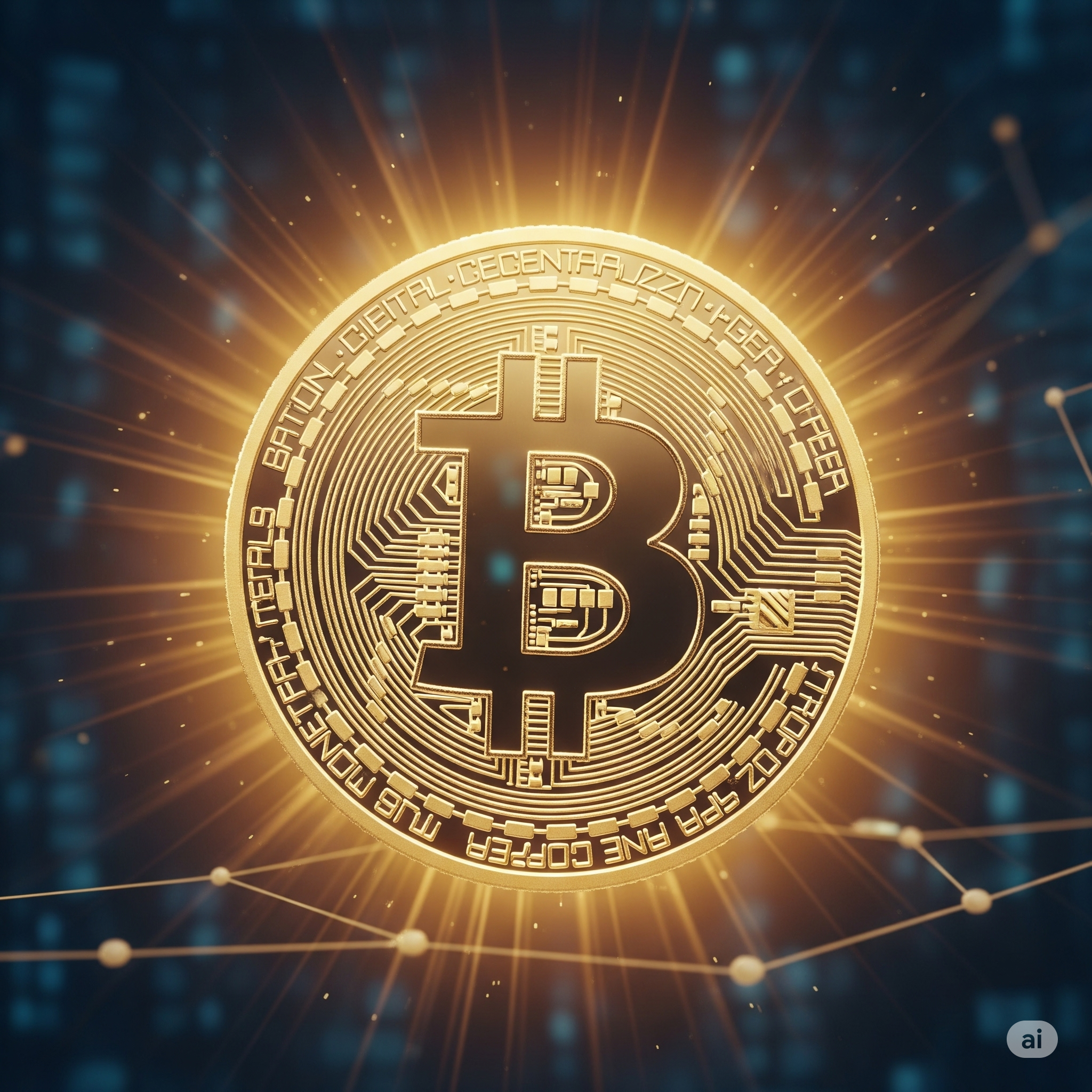Introduction
Deepfake technology has emerged as one of the most disruptive advancements in artificial intelligence (AI). By leveraging deep learning techniques, it enables the creation of highly realistic but entirely fabricated audio, video, and images. While deepfakes have applications in entertainment and education, their misuse in politics and misinformation campaigns has raised serious concerns worldwide, including in India.
This article explores the impact of deepfake technology on elections, its role in spreading misinformation, and the existing and emerging legal framework in India to combat its threats.
What is Deepfake Technology?
Deepfake technology is based on deep learning algorithms, particularly Generative Adversarial Networks (GANs), which analyze vast amounts of data to generate artificial but convincingly realistic content. This technology enables the manipulation of facial expressions, voice modulation, and entire video sequences, making it extremely difficult to distinguish real from fake.
How Deepfake Technology Works
- Data Collection – AI models require large datasets of images and voice samples of a person to create a deepfake.
- Training the Model – Machine learning algorithms analyze the collected data to generate realistic patterns.
- Synthesis and Refinement – The AI refines the generated deepfake by continuously improving its accuracy through repeated iterations.
- Output Generation – The final deepfake is produced, which can be used in various formats, such as video, audio, or images.
Impact of Deepfake Technology on Elections in India
India, the world’s largest democracy, conducts elections on a massive scale. The spread of misinformation through deepfake technology poses a severe threat to the electoral process. Here’s how:
1. Manipulation of Political Campaigns
Deepfakes can be used to create false narratives about political leaders. Fake videos of candidates making controversial statements or engaging in unethical activities can influence voter perception. This can lead to public outrage and even impact election outcomes.
2. Voter Suppression and Confusion
Deepfake technology can be used to spread false information about election dates, voting procedures, or candidates withdrawing from the race. This can suppress voter turnout and create chaos during elections.
3. Character Assassination
Fake videos of politicians engaging in illegal or immoral activities can destroy reputations overnight. In a politically charged country like India, such deepfake attacks can lead to protests, legal battles, and even violence.
4. Foreign Influence and Disinformation Campaigns
Hostile foreign entities can deploy deepfake technology to interfere in Indian elections. Spreading fake videos or speeches attributed to politicians can disrupt the democratic process and sway public opinion in favor of certain candidates.
5. Fake Endorsements and Misinformation
Deepfake technology can be misused to create videos of prominent personalities endorsing a political party or ideology. This can mislead voters and compromise the integrity of elections.
6. Undermining Public Trust in Institutions
If voters cannot distinguish between real and fake news, they may lose faith in the democratic process. Deepfake-driven misinformation erodes trust in political leaders, media, and even the Election Commission of India.
Legal and Regulatory Framework in India to Combat Deepfake Threats
The Indian legal system is still evolving to tackle the challenges posed by deepfake technology. While existing laws cover aspects of misinformation and cybercrimes, new regulations are needed to address deepfake-specific threats effectively.
1. Indian Penal Code (IPC) and Deepfakes
Certain provisions of the IPC can be used to prosecute individuals who create and distribute deepfakes with malicious intent:
- Section 499 (Defamation) – Creating and sharing deepfake videos that harm a person’s reputation can attract defamation charges.
- Section 505 (Statements Conducing to Public Mischief) – Disseminating deepfake content that incites violence or disrupts public order can lead to criminal prosecution.
2. Information Technology (IT) Act, 2000
- Section 66D (Impersonation using Communication Device) – Using deepfake technology to impersonate someone fraudulently is punishable under this law.
- Section 67 (Obscene Content) – Publishing deepfake videos involving obscenity or nudity can result in legal action.
3. Election Commission of India (ECI) Guidelines
The ECI has issued advisories to political parties and candidates to refrain from using deepfake technology for propaganda. However, enforcement remains a challenge.
4. IT Rules, 2021
The Government of India introduced the Information Technology (Intermediary Guidelines and Digital Media Ethics Code) Rules, 2021, which place greater responsibility on social media platforms to detect and remove manipulated media, including deepfakes.
5. The Digital India Act (Proposed)
The upcoming Digital India Act is expected to introduce stricter provisions to regulate AI-generated content, including deepfakes. It may impose severe penalties on individuals and organizations spreading deepfake misinformation.
Challenges in Combating Deepfake Misinformation in India
1. Difficulty in Detection
Advanced deepfake technology makes it challenging to detect manipulated media, as AI models continuously improve their accuracy.
2. Lack of Awareness Among the Public
Many people in India are unaware of deepfake technology, making them more susceptible to misinformation.
3. Rapid Spread via Social Media
Social media platforms like WhatsApp, Facebook, and Twitter facilitate the rapid spread of deepfake misinformation before fact-checkers can intervene.
4. Insufficient Legal Framework
Although some laws address misinformation, India lacks comprehensive legislation specifically targeting deepfakes.
5. Ethical and Privacy Concerns
AI advancements in deepfake detection often require large-scale facial recognition databases, raising privacy concerns.
Measures to Counter Deepfake Threats in India
1. Strengthening Legal Frameworks
The government must introduce a dedicated “Deepfake Regulation Law” with strict penalties for misuse.
2. AI-Based Deepfake Detection Tools
Investing in AI-driven detection tools can help media organizations and law enforcement agencies identify deepfake content more effectively.
3. Public Awareness Campaigns
Educating citizens about deepfake technology can help them identify and report fake content instead of spreading misinformation.
4. Fact-Checking Mechanisms
Independent fact-checking organizations should be given more resources to verify viral content rapidly.
5. Regulation of Social Media Platforms
Tech giants must be held accountable for hosting deepfake content. AI-powered content moderation should be mandated to detect and remove deepfake videos promptly.
6. Collaboration with International Bodies
India should collaborate with global organizations to create international norms and technologies for detecting and preventing deepfake misuse.
Conclusion
Deepfake technology presents a significant challenge to the democratic process in India. Its ability to manipulate political campaigns, mislead voters, and spread misinformation demands immediate regulatory intervention. While existing laws offer some protection, dedicated legislation and technological solutions are needed to combat deepfake threats effectively.
Public awareness, AI-driven detection tools, and stricter regulations will be crucial in ensuring that deepfake technology does not undermine India’s electoral integrity. By taking proactive steps, India can safeguard its democracy from the dangers of misinformation and technological manipulation.




